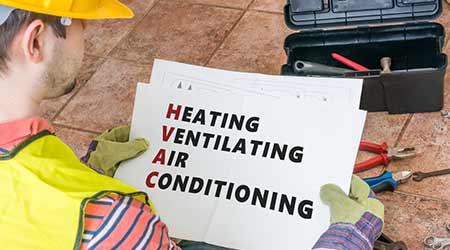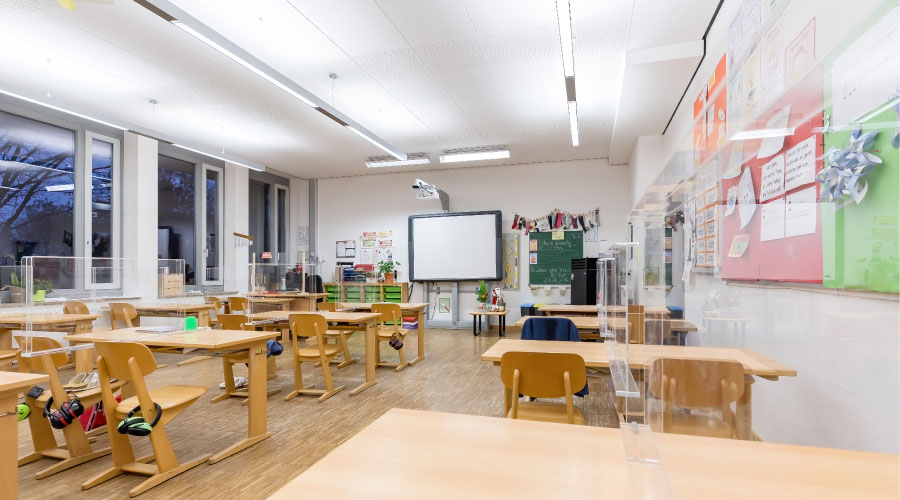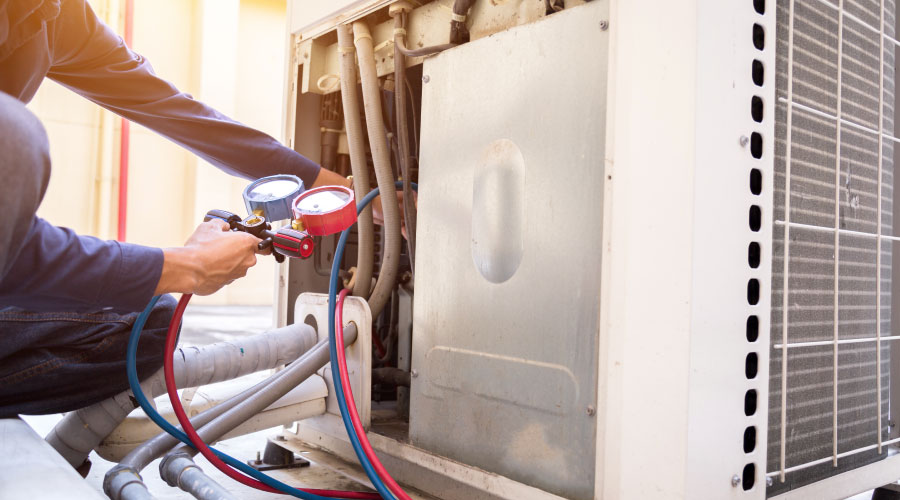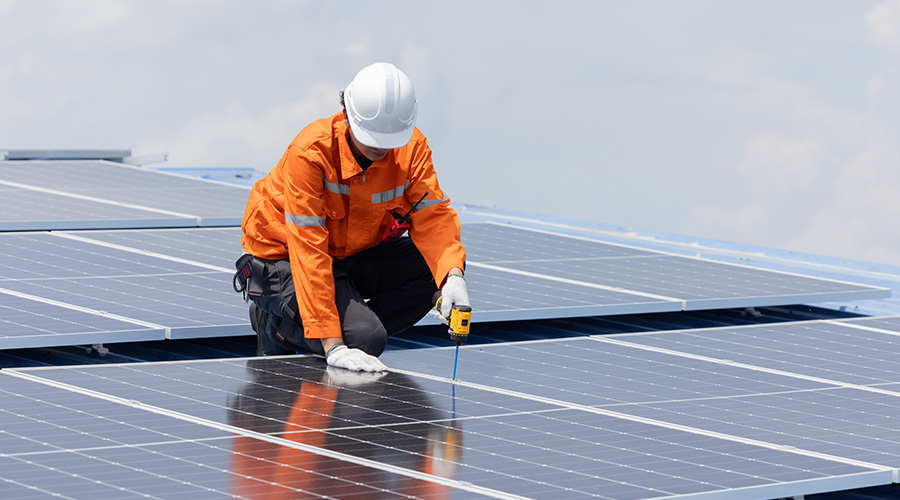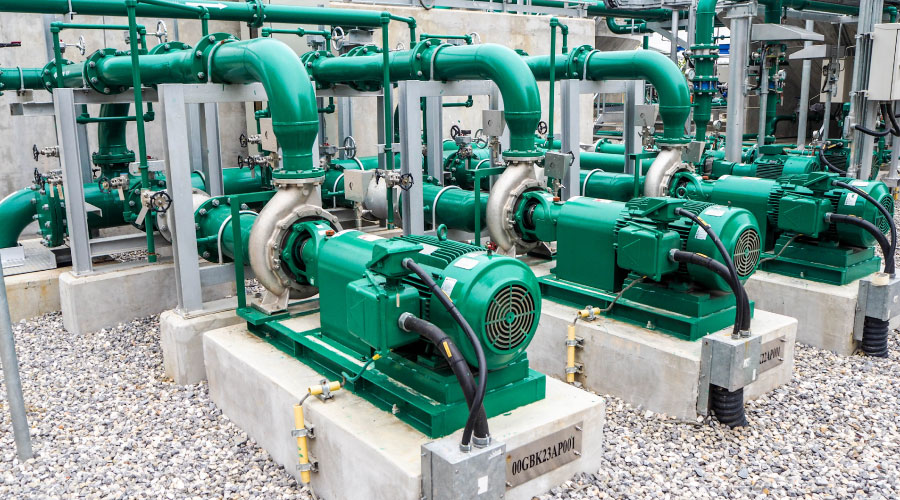6 Best Practices for VRF Systems
Follow these tips to get the most out of your variable refrigerant flow (VRF) system.
1. Auxiliary heat. As outdoor air temperatures decrease, the heating capacity of the VRF system decreases. Check heating loads and size the system for the heating design day. Another option is to provide an auxiliary heat source.
2. Defrost mode. Air-source VRF heat pump systems start to accumulate frost build up in heating mode. To combat the build-up, the unit will go into defrost mode (by switching to cooling) to allow the discharge vapor to melt the accumulation of frost. The system does not provide heat during defrost mode, which is a factor to consider during the design phase.
3. Installation of outdoor units. Install the units on a pedestal or mounting stand at a sufficient height from the roof (or ground) to address regional snow or drift levels.
4. Integrated controls. All manufacturers provide integral controls that optimize the system’s efficiency without the need for additional programming at the BAS.
5. Insulation. Depending on the manufacturer, refrigerant piping operating temperatures can exceed 200 F (and require insulation to withstand at least 248 F). These temperatures, along with refrigerant pipe sizes, dictate the type and thickness of insulation required. EPDM (a type of synthetic rubber) has been the insulation of choice because it provides a closed cell continuous vapor barrier.
6. Refrigerant piping design and installation. Because of the extreme operating temperatures seen by VRF systems, allowances need to be made for thermal expansion and contraction in the copper piping network. To compensate for this, provide an expansion loop or another type of thermal expansion device. If thermal expansion is ignored, there is a higher chance of leaks occurring at “Y” branches, joints, and equipment connections.
Related Topics:








